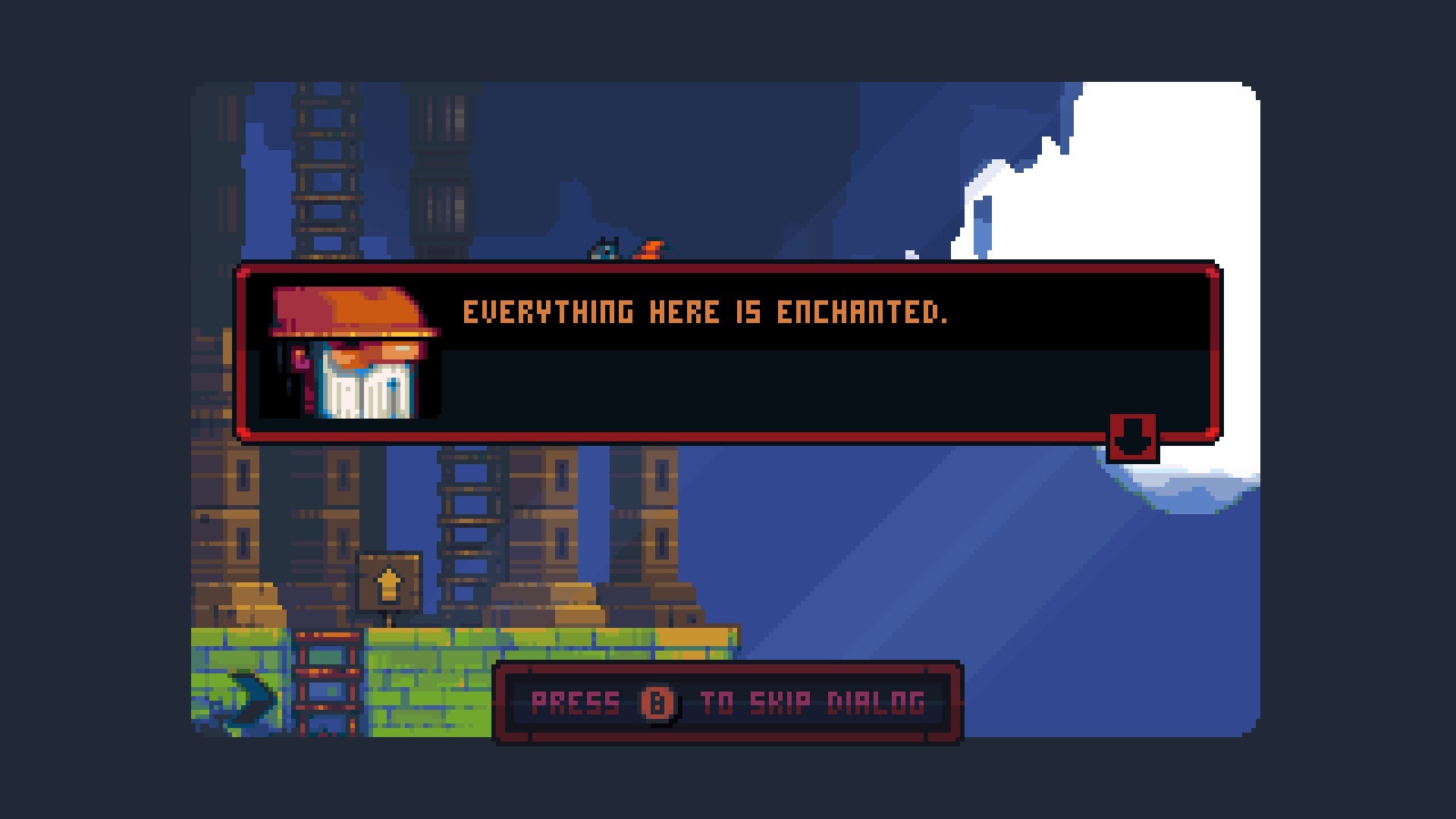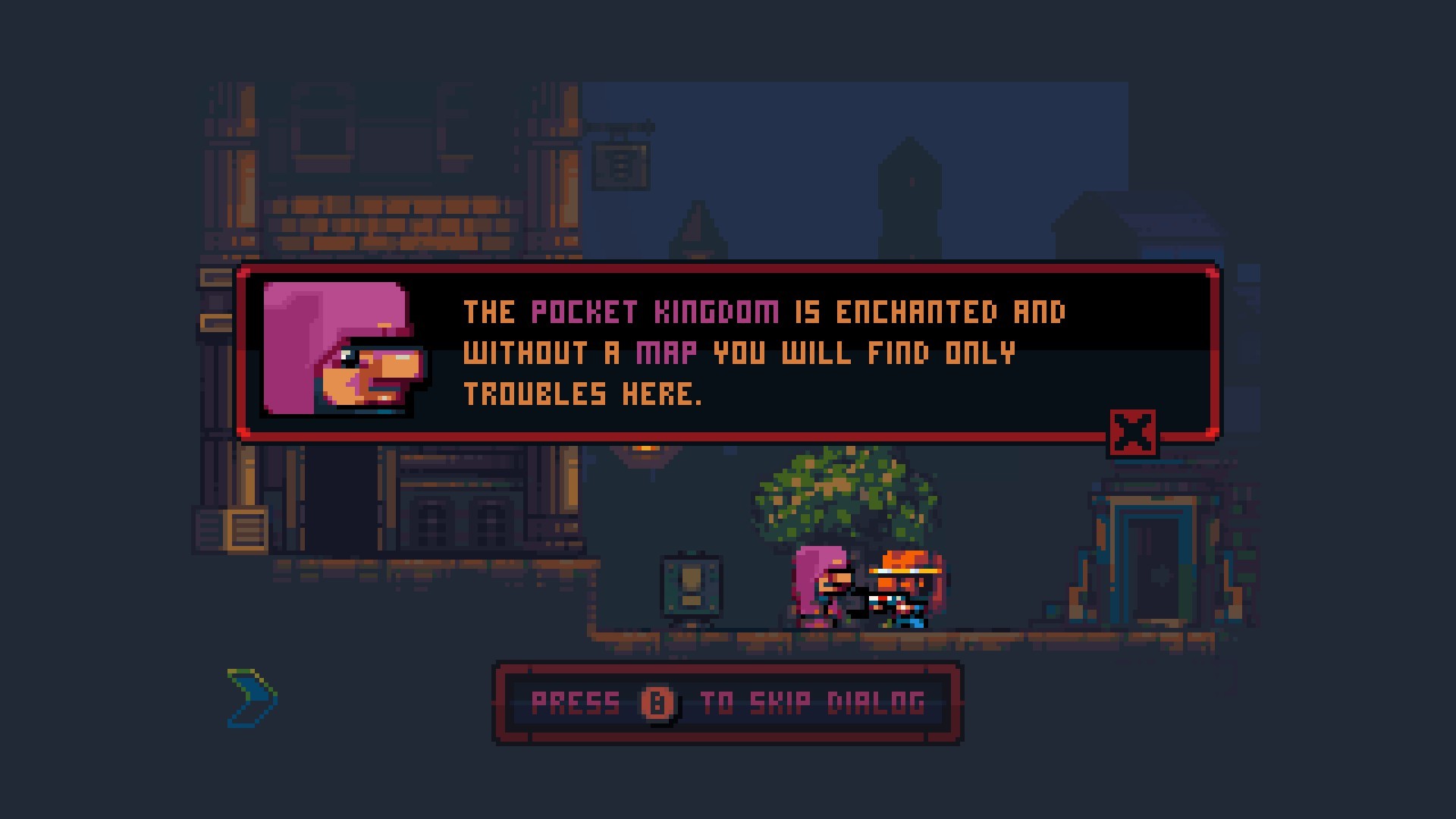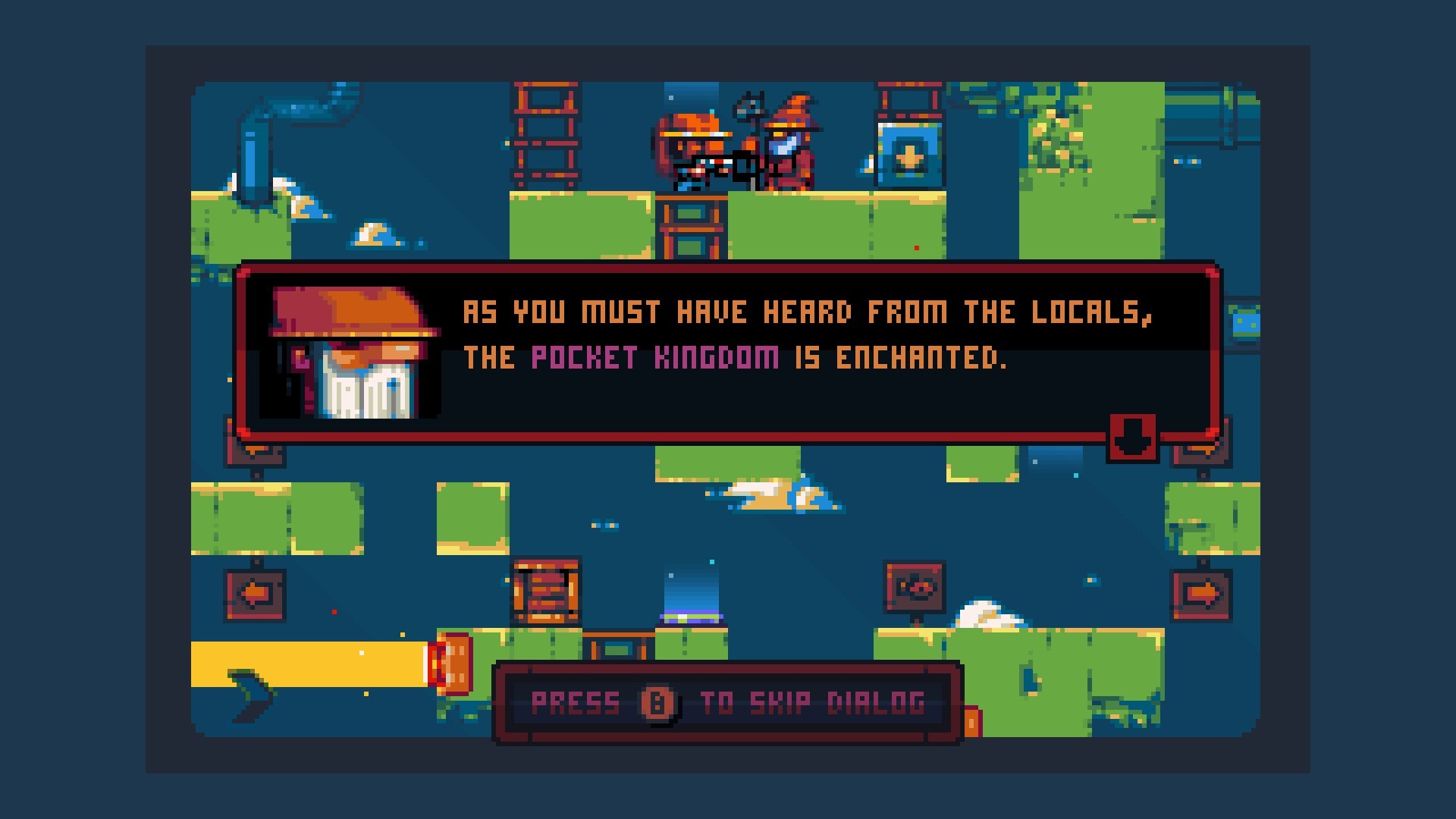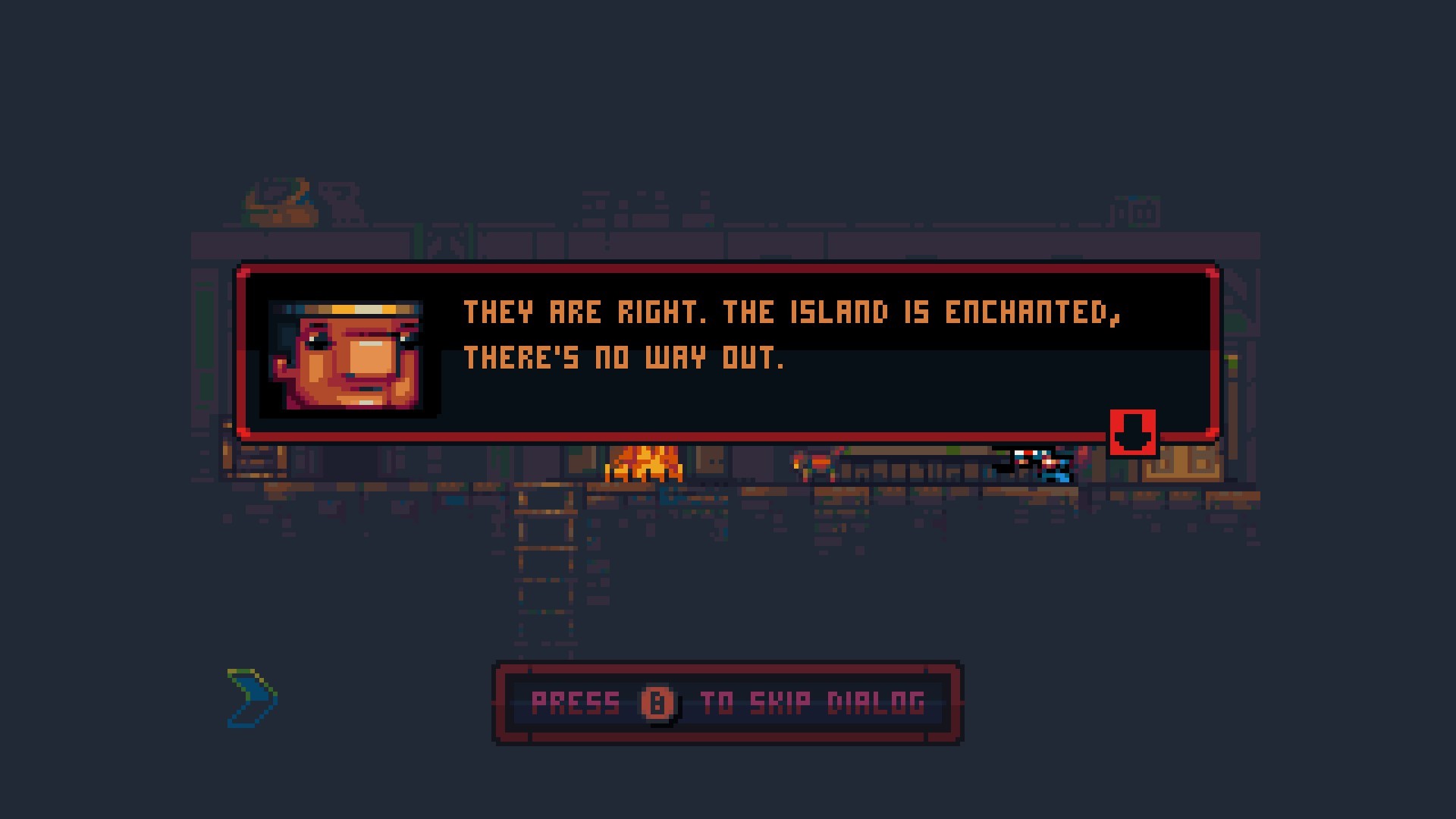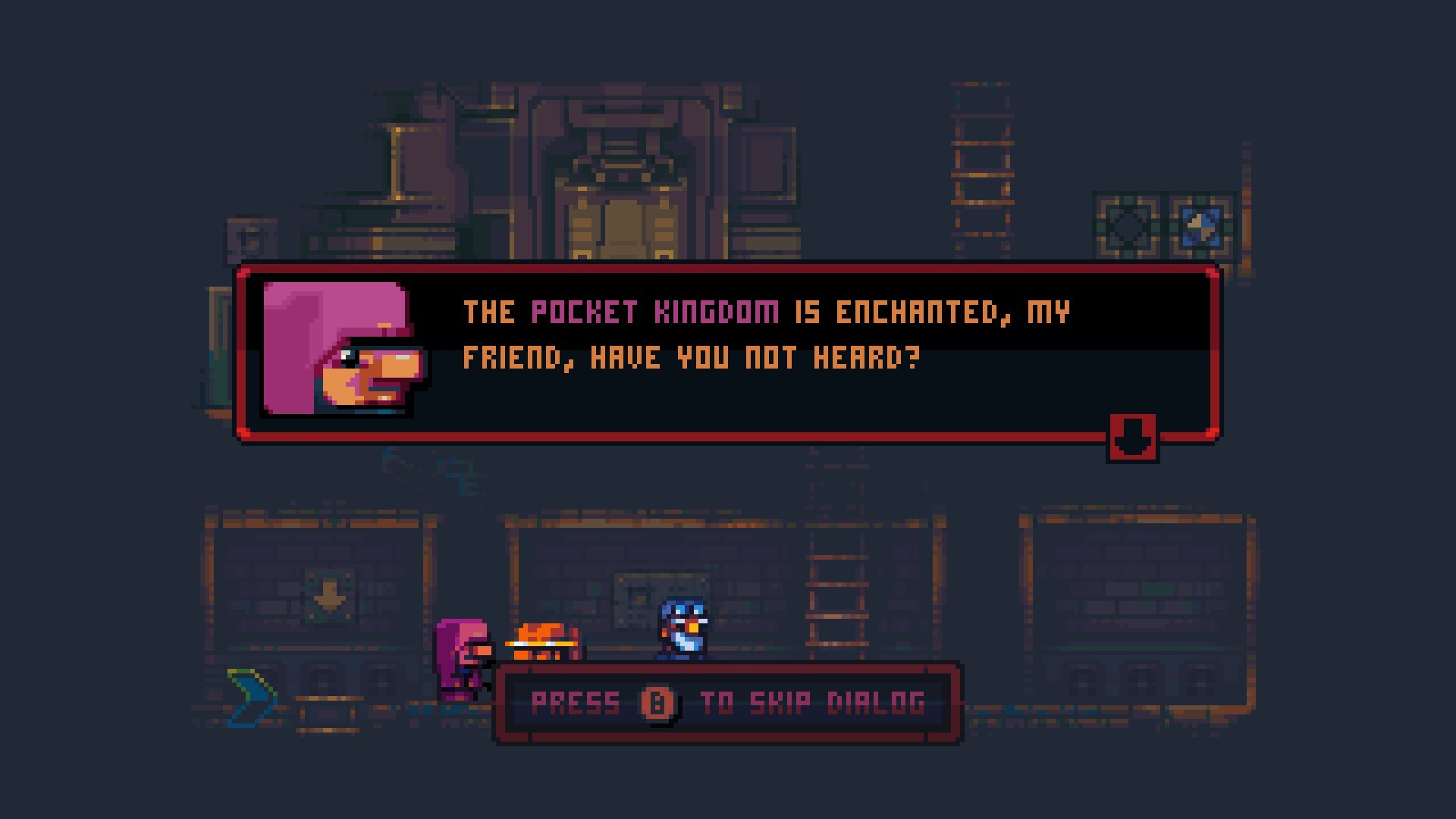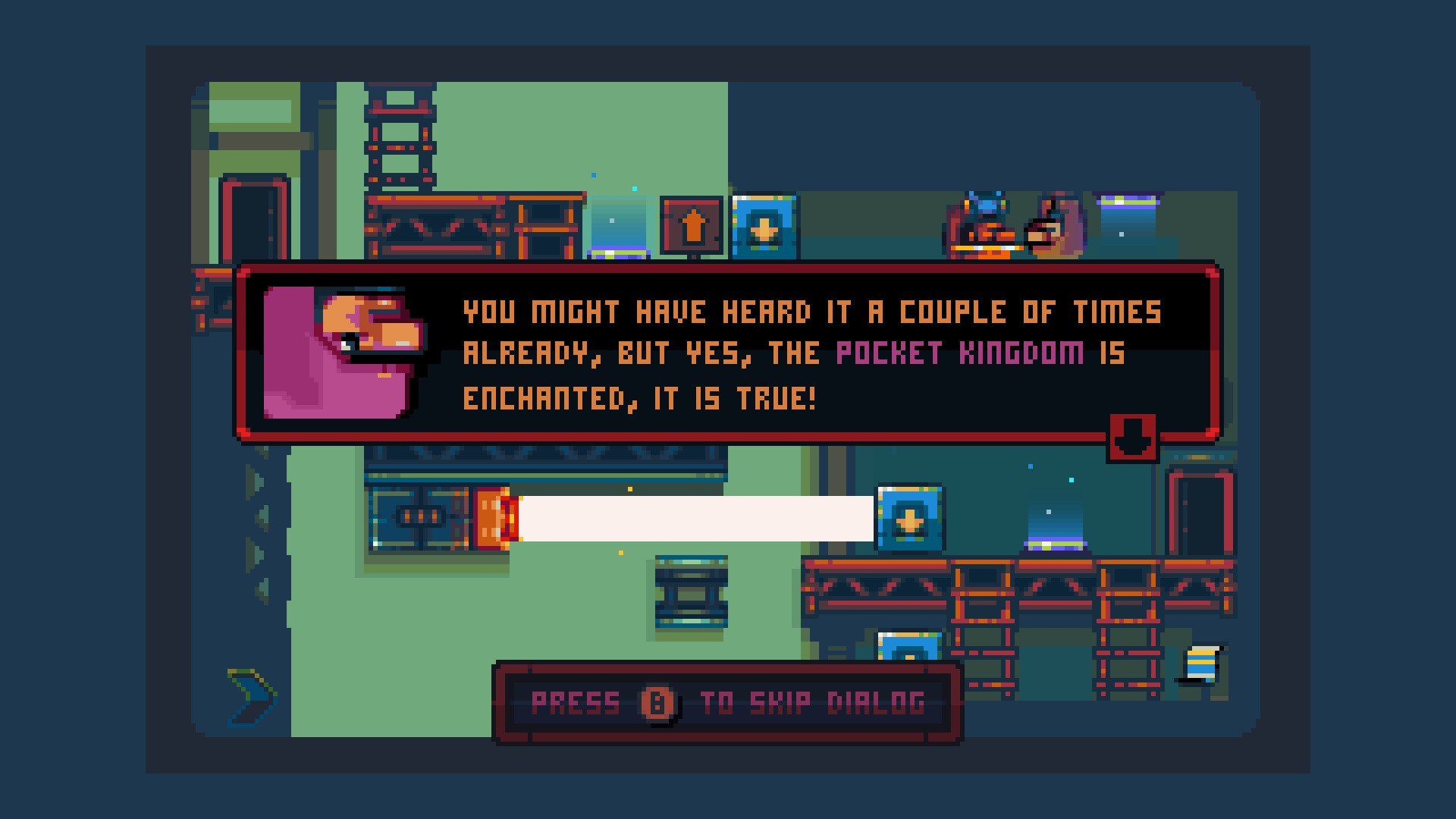Dragon's Bullshit
I just don't "get" Dragon's Dogma: Dark Arisen.
The game's intro sequence is immediately impressive, by virtue of its robust and intricate combat system. Commands are simple to execute; AI-controlled "pawns" keep the action flowing; and there are surprising, mini-game-like strategic twists, like climbing on top of large monsters or removing their limbs (like cutting off a scorpion tail to prevent poison attacks). The intro sequence's fights stoke the imagination about treating enemies like puzzles, and Shadow of the Colossus-like encounters with oversized baddies.
Then time fast-forwards, you customize a character, some heavy story cutscenes play out, and there are a few more boss fights, before the game "opens up." And that's where the wheels came off, for me.
The world of Dragon's Dogma is open, but not really open. Incomplete maps and vague quests beg you to go out and explore, find items and points of interest, stumble across adventure!, except that the map is also filled with enemies who will kill the absolute shit out of you. Many map areas and quest markers are essentially blocked due to the absurd strength or number of enemies along the way there.
Combat stops being fun when you're stuck in a seemingly endless stream of wolves, or when a bandit captain can chop off half of your health in a single attack. And especially when, after miraculously surviving one of these frustrating encounters, there's another one waiting for you just around the bend.
The amount and severity of combat seemed unreasonably hard for where I was in the game; even after turning the difficulty down to Easy, I'm still not sure if I picked the "wrong" places to go and quests to attempt, or if I'm just that bad at the game. (A big part of the problem is that quests don't clearly indicate their expected level or strength, but according to the community that would be a crutch and I just need to git gud.)
And the payoff for suffering through these trials doesn't feel worth it. Granted I haven't seen much of the story yet, but what I have seen sits uncomfortably between hackneyed fantasy tropes and obtuse nonsense. I really can't tell if the NPC dialog was poorly translated or if the game doesn't give a shit whether I understand what's going on.
The last quest I did, a detour to find a witch in the woods who would answer some questions about the main quest... didn't answer anything at all. An hour's journey followed by a minute of stilted conversation with zero information, and then it was time to head back home! Thanks, witch.
I think there may be a working, enjoyable sandbox RPG in here that I'm just unable to understand. Unfortunately online resources for Dragon's Dogma seem to fall into the same hostile-unhelpful category as Dark Souls, i.e. none of the tips I've found have really addressed my problems. For me, the combat is too high-risk, and the story too low-reward, to justify dumping more hours into it.
Progress: Level 10-ish, found the witch in the woods.
